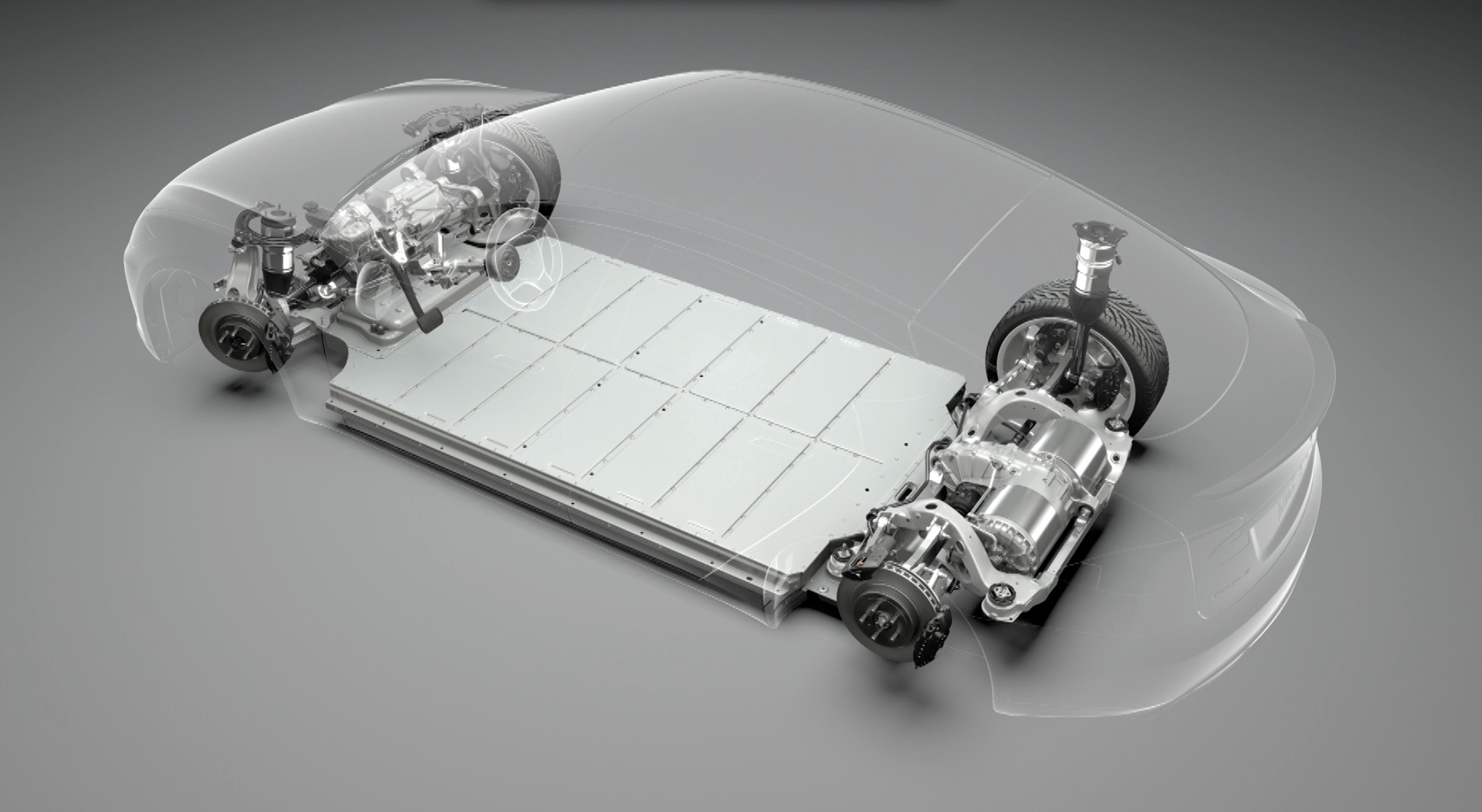Hi any advice is very welcome...
I’ve Had an M3 RWD for about a week and just wanted any views on my charging regime.
I do about 150 miles per week and charge at home with a Gen 3 wall connector, I can charge at 30A as required.
My car has an LFP Battery which I understand likes to be charged at 100%
What I normally do is set the charging to start at 00:00 as I have economy 7 tariff.
The car is normally finished charging at about 4 in the morning.
As I have retired I don’t set any time for the charge to complete or precondition as I don’t go out at a regular time.
I then drive the car when required.
Question is is this the correct procedure, and should I leave the car plugged in all the time even if it doesn’t need charging? And do it every day?
What about driving after charging in the cold weather?
Thanks fo any comments.
I’ve Had an M3 RWD for about a week and just wanted any views on my charging regime.
I do about 150 miles per week and charge at home with a Gen 3 wall connector, I can charge at 30A as required.
My car has an LFP Battery which I understand likes to be charged at 100%
What I normally do is set the charging to start at 00:00 as I have economy 7 tariff.
The car is normally finished charging at about 4 in the morning.
As I have retired I don’t set any time for the charge to complete or precondition as I don’t go out at a regular time.
I then drive the car when required.
Question is is this the correct procedure, and should I leave the car plugged in all the time even if it doesn’t need charging? And do it every day?
What about driving after charging in the cold weather?
Thanks fo any comments.



